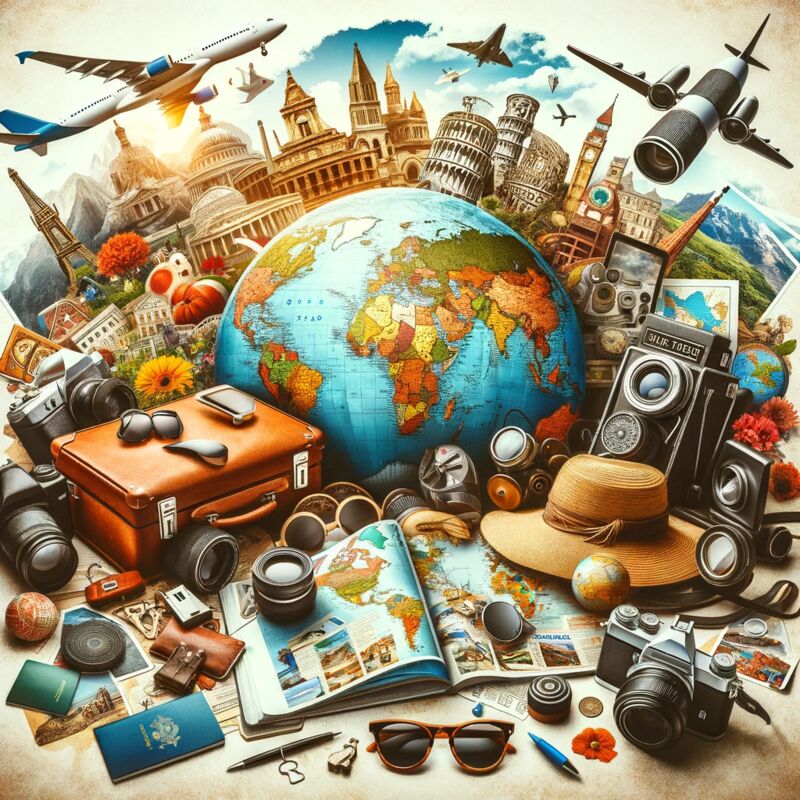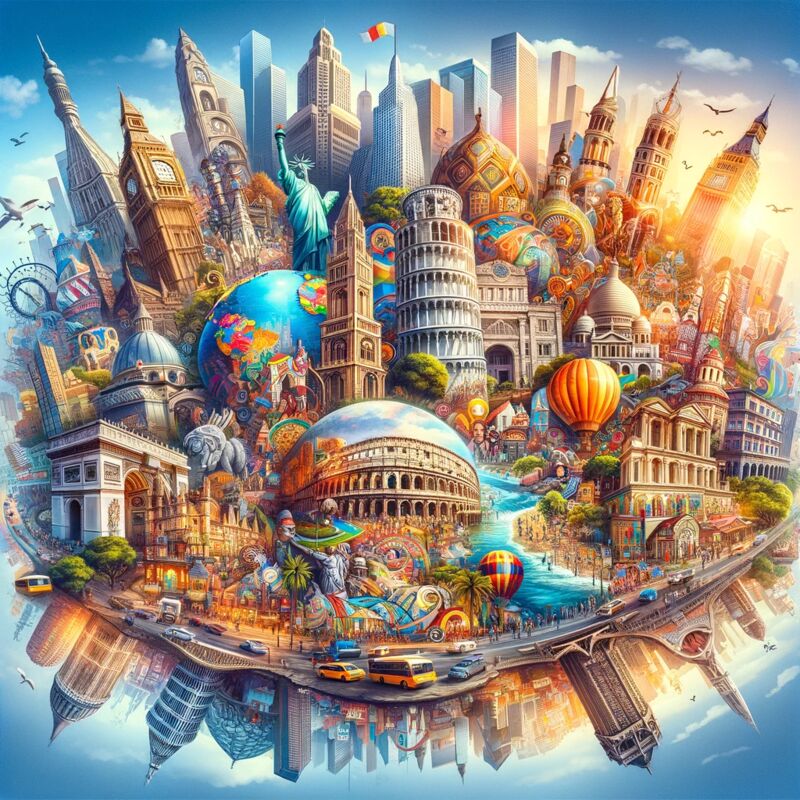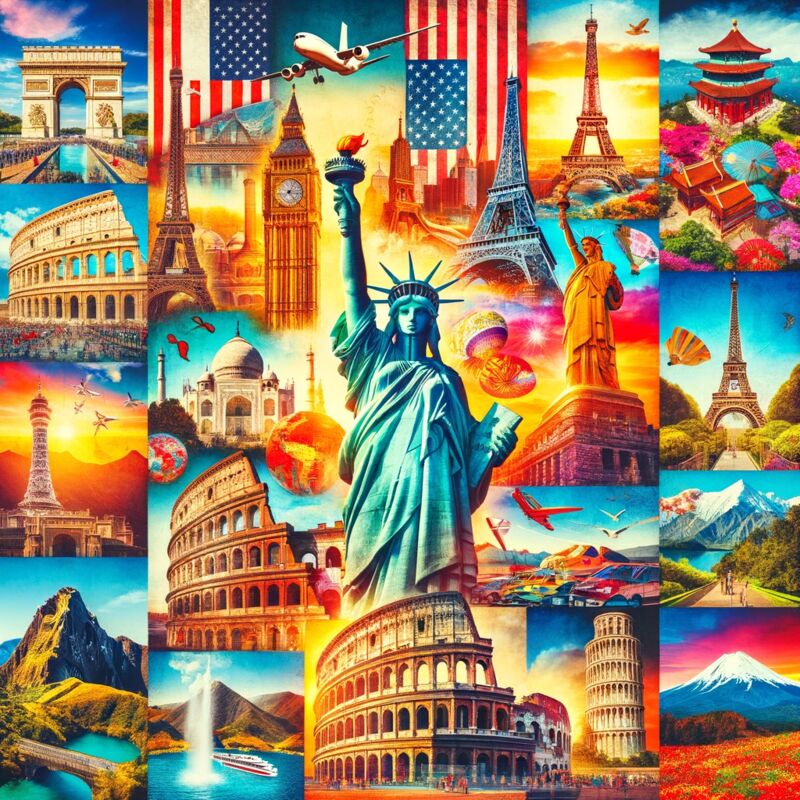Welcome to the Philippines: A Mosaic of Culture
Embark on a vibrant journey through the archipelago where the sun-kissed islands of the Philippines await to envelope you in their rich tapestry of culture and traditions. Home to a history that spans centuries, Filipino culture is a mesmerizing blend of indigenous customs and foreign influences, crafting an extraordinary cultural experience for every traveler.
Revel in the Fiestas
The Philippine fiesta is an explosion of color and joy you simply can't miss. These community celebrations are held in honor of patron saints and are a dazzling showcase of local heritage, replete with street parades, traditional dances, and sumptuous feasts. Sinulog in Cebu and Ati-Atihan in Aklan are prime examples of such festivities, where the rhythmic beat of drums and the chant of "Viva Pit Señor" fill the air, promising an unforgettable experience.
Feast on the Filipino Cuisine
A symphony of tastes, Filipino cuisine is a palatable diary of the nation's history. With dishes like adobo, sinigang, and lechon, one savors the waves of Malaysian, Chinese, Spanish, and American influence that have shaped the archipelago's palate. Visiting a local "palengke" (market) presents an organic slice of Filipino lifestyle and introduces the plethora of flavors native to Filipino kitchens.
Unravel the Textile Tales
Filipino textiles narrate stories through their intricate patterns and vibrant threads. The T'nalak of the T’boli people, woven from dreams and the 'Hinabol' of the Higaonon speak of artistry deeply rooted in tradition. Those interested in traditional outfits will marvel at the handwoven Barong Tagalog and the elegant Terno, known for its butterfly sleeves, worn with pride on formal occasions.
Experience the Indigenous Tribes
The indigenous tribes of the Philippines are the custodians of an intangible heritage. Meeting with ethnic groups like the Igorot of the Cordilleras, who carved the magnificent Banaue Rice Terraces, or the seafaring Badjao showcases the diversity of Filipino culture. These communities are treasure troves of ancient rituals, epic chants, and sustainable living principles, offering insights into a way of life in harmony with nature.
Language: The Thread of Connectivity
While Filipino and English are widely spoken, the country boasts over 170 languages, each a testament to the rich diversity of the archipelago. Even a simple 'Mabuhay' (Welcome) or 'Salamat' (Thank You) in the local lingo can be the key to an entire world of warmth and hospitality. Language courses or workshops are an excellent way for visitors to immerse themselves in the Filipino experience.
Embrace Stunning Artistry
The art scene in the Philippines is as captivating as its natural wonders. From the soul-stirring paintings of National Artists like Fernando Amorsolo to contemporary art that challenges conventions, Filipino creativity is omnipresent. Galleries like the National Museum and privately-owned spaces in Makati showcase exemplary works that illuminate the nation's soul.
Spiritual Diversity: A Testament to Philippine Heritage
The spiritual fabric of the Philippines is woven with various religious practices. The predominance of Catholicism interlaces with Islam, Buddhism, and indigenous beliefs, culminating in an ethos of religious harmony. Visitors can explore this peaceful coexistence in spiritual landmarks such as the historic Baroque churches of Ilocos and the tranquil mosques in Mindanao.
The Archipelago’s Celebrated Sounds
Philippine music is a medley of traditional and modern tunes. Indigenous instruments like the kulintang and kudyapi set the stage for a rich musical experience that's complemented by contemporary artists who are making waves both locally and internationally. Folk dances like the Tinikling, where dancers nimbly hop between bamboo poles, showcases the rhythmic dexterity of the Filipino spirit.
Bond Over Sports and Games
The love for sports, especially basketball and boxing, anchors community life in the Philippines. Public courts are communal hubs where friends and strangers connect over friendly matches. Meanwhile, traditional games such as Sungka and Araw ng Laro (Play Day) bring together people of all ages in the spirit of playfulness and camaraderie.
Conclusion: The Journey of a Thousand Smiles
Indeed, the Philippines is more than a destination; it’s a vibrant narrative woven into an intricate fabric of culture and connections. Every island, every smile, every tradition beckons with the promise of an authentic and heartfelt experience. As you traverse through the bustling cities and serene landscapes, the Filipino spirit of "Bayanihan" – communal unity and cooperation – assures that you leave with memories that are as warm as the island sun.







